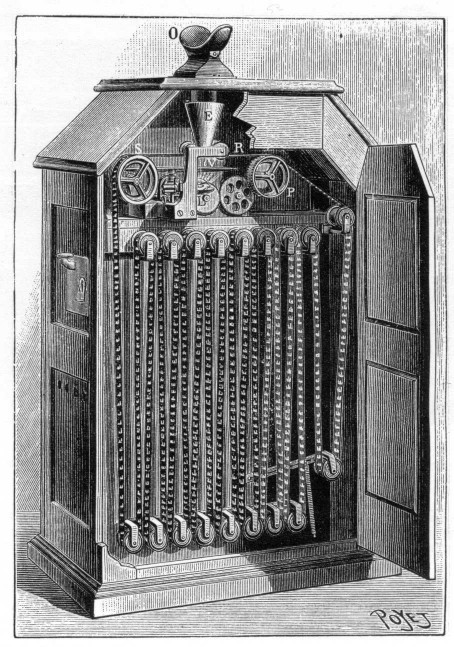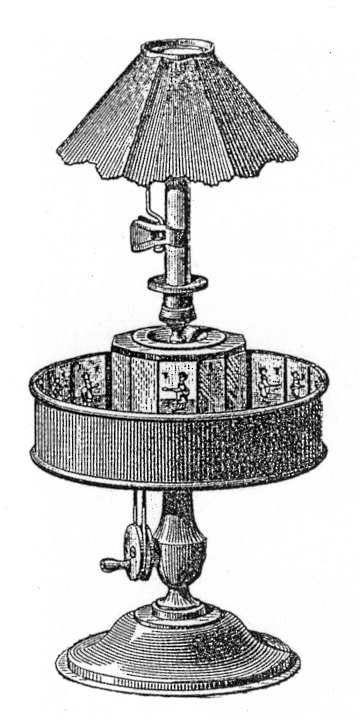Who is Eadweard Muybridge?
Eadweard Muybridge was an English Photographer and working in photographic studies of motion and motion-picture projection. Muybridge moved to America as a Young man and lived in San Francisco. Muybridge started his career as a publisher’s agent and bookseller, but developed an interest in photography that seems to been boosted when he was recovering in England in 1860 after nearly being killed in a stagecoach crash. Muybridge quickly became famous for his landscape photographs, which showed the grandeur and expansiveness of the West.

When did Eadweard Muybridge create the motion picture?
The first actual modern motion picture camera was designed by Louis Le Prince in 1888. However, Muybridge developed the process of using a series of still photographs to stimulate motion for an experiment historically known as “The horse in Motion” in 1878.
What is the Zoopraxiscope?
 The Zoopraxiscope is an early device for displaying motion pictures. People considered it as the first movie projector. The zoopraxiscope projected images from rotating glass disks in rapid succession to give the impression of motion. The stop-motion images were initially painted onto the glass, as silhouettes. A second series of discs, made in 1892-94, used outline drawings printed onto the discs photographically, then coloured by hand. Some of the animated images are very complex, featuring multiple combinations of sequences of animal and human movement.
The Zoopraxiscope is an early device for displaying motion pictures. People considered it as the first movie projector. The zoopraxiscope projected images from rotating glass disks in rapid succession to give the impression of motion. The stop-motion images were initially painted onto the glass, as silhouettes. A second series of discs, made in 1892-94, used outline drawings printed onto the discs photographically, then coloured by hand. Some of the animated images are very complex, featuring multiple combinations of sequences of animal and human movement.What affected the Zoopraxiscope?
The things that affected the zoopraxiscope was that you had to set the camera up and it was huge, also you had to have complete darkness and as soon as you took a picture you had to treat it well straight away.
How this information has helped me








